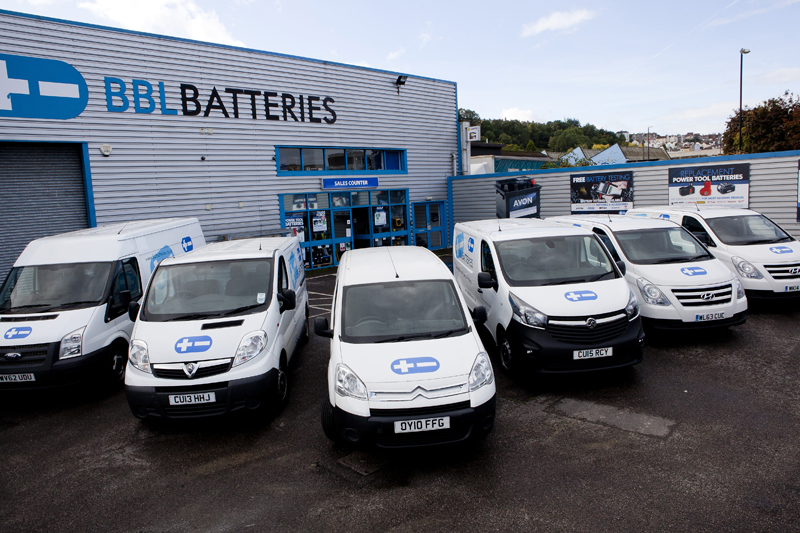
BBL Batteries explains why choosing the correct battery is the most important decision when undertaking a Light Commercial Vehicle (LCV) conversion.
When an LCV is converted for both welfare and recreational use, the list of power draining equipment required can be extensive: microwave, water boiler, cabin/water heating system, lighting, beacons/light bars, and work lights.
This ignores any devices that could be used for recreational purposes, including toasters, televisions, hairdryers, and kettles. So, deciding how to power your van conversion is extremely important.
There are many options available out there, with many different battery configurations and technologies to choose from, so talking to a company like BBL Batteries can help to ease any confusion.

The latest offering to enter the van conversion sector is Lithium Iron technology. The LiFOS Lithium Battery from BBL uses this latest technology – Lithium Iron Phosphate (LiFePO4) – which delivers reliable and safe power in virtually all conditions. It is perfect for voltage sensitive and high cycling applications, including welfare and leisure energy installations, and its key features include:
Depth of Discharge (DOD)
All batteries have a DOD. It’s typical to expect a battery using lead acid and gel compounds to give a 50% DOD. This means that, for example, a battery rated at 100Ah will provide usable power of 50Ah. LiFOS has a 90% DOD, providing 61.2Ah of usable power. This means that, to replicate the available power provided by LiFOS, a lead acid or gel battery with over 120Ah of power would be required.
Battery Management and Communication System
The software integrated into each LiFOS battery allows it to operate heavy loads of up to 1,000W, whilst ensuring the battery is protected from deep discharging. It can also be charged by most mains lead acid battery chargers (<40Ah), vehicle alternators, and solar panels. The BMS is also suitable for use with DC to DC chargers.
There is also the added benefit of a free-to-download App – available on iOS and Android – which provides users with information on the charge and discharge performance of the battery. It provides accurate information above and beyond a typical analogue battery meter. Plus, once it’s connected to a smart device, it can send the user a reminder to put their LiFOS on charge once it has been discharged to 30%, thus prolonging its life.
Lightweight and Easy to Fit
The LiFOS is fitted with removable terminal posts, compatible with quick release connectors, so that it can fit in the smallest space possible. The posts can be removed and ring terminals can be connected directly onto the terminal plates. It weighs a mere 7.8kg; when compared to a standard 120Ah lead acid battery, which would weigh approximately 34kg, the LiFOS provides a 77% weight saving. It is also 40% smaller than the standard battery, freeing up space to increase the power bank, if required.








